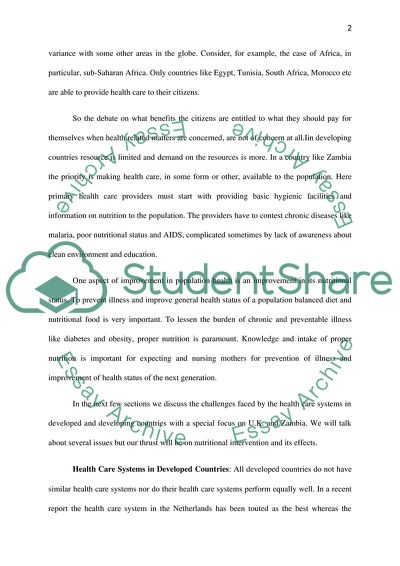Cite this document
(Health Care in Developed and Developing Countries with Special Focus o Case Study, n.d.)
Health Care in Developed and Developing Countries with Special Focus o Case Study. Retrieved from https://studentshare.org/health-sciences-medicine/1745305-an-examination-of-health-care-in-developed-and-developing-countries-with-specific-reference-to-food-in-the-uk-and-zambia
Health Care in Developed and Developing Countries with Special Focus o Case Study. Retrieved from https://studentshare.org/health-sciences-medicine/1745305-an-examination-of-health-care-in-developed-and-developing-countries-with-specific-reference-to-food-in-the-uk-and-zambia
(Health Care in Developed and Developing Countries With Special Focus O Case Study)
Health Care in Developed and Developing Countries With Special Focus O Case Study. https://studentshare.org/health-sciences-medicine/1745305-an-examination-of-health-care-in-developed-and-developing-countries-with-specific-reference-to-food-in-the-uk-and-zambia.
Health Care in Developed and Developing Countries With Special Focus O Case Study. https://studentshare.org/health-sciences-medicine/1745305-an-examination-of-health-care-in-developed-and-developing-countries-with-specific-reference-to-food-in-the-uk-and-zambia.
“Health Care in Developed and Developing Countries With Special Focus O Case Study”, n.d. https://studentshare.org/health-sciences-medicine/1745305-an-examination-of-health-care-in-developed-and-developing-countries-with-specific-reference-to-food-in-the-uk-and-zambia.


